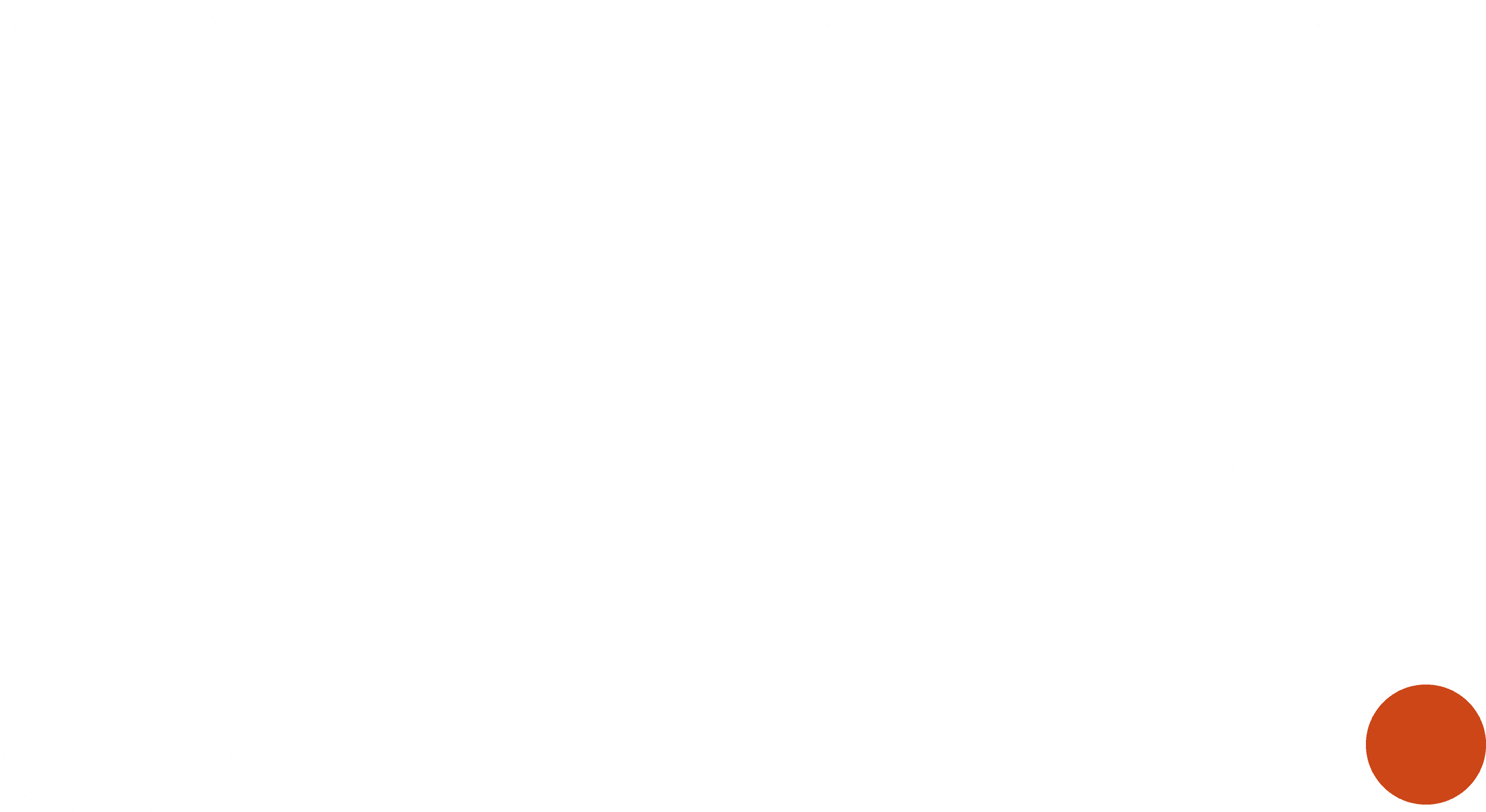Human Trafficking Doc
Tribe.
Film & TV
A campaign film against modern slavery.
A campaign film against modern slavery.
Tribe are a sports nutrition brand with a strong commitment to tackling modern slavery. They wanted a documentary film to tell the real-life story of a survivor of human trafficking, who after their escape found solace in long-distance running.
A major consideration with this film was anonymity. The survivor didn’t want to be named or to feature in the documentary in person, so we decided to cast an actor and change certain details to protect their identity.
Working with some basic background information, we put together a set of questions. A member of the Tribe Freedom Foundation (Tribe’s charitable arm), who the survivor trusted, then asked these questions and recorded their responses. From this recording, we wrote a script that an actor could perform in a mocked-up interview.
As with any film, we’re always working to get the most out of the budget. In one day, we filmed the interview scene as well as simple but effective reconstructions. We were able to make these recon scenes work by using lots of quick-cutting close-ups as cutaways, as you would in a documentary. This style had two strengths; firstly, it meant that we could make locations look like other places and extras (i.e. the On Par team) look like other people. Paired with abrasive sound effects, the quick cutting style also added to the uncomfortable feeling of the film, which we hoped would mirror the horror of the story. It’s a good example of how constraints in filmmaking can sometimes aid the creative process.
We kept the film crew to just three members and shot using our in-house equipment. Filming this way meant we could be nimble and cover lots of locations in a short space of time. Shooting the whole film in Cardiff helped as we knew the area well and were able to use unassuming locations to maximum effect.
We took bursts of stills that looked like crime scene photos to convey the squalid conditions the survivor was kept in and to add to the idea of an open police investigation.
In the edit, we decided to punch in on the interview shots so that they were very close-up, as if obscuring the contributor’s identity. Although there was technically no need for this, as the survivor was played by an actor, we thought it helped to sell the documentary element of the film.
We ended up with a powerful film that doesn’t shy away from the graphic and upsetting nature of the story it tells, which we felt was the best way to help people understand the abhorrent reality of modern slavery. The film won best micro doc at the Wales International Documentary Festival.




